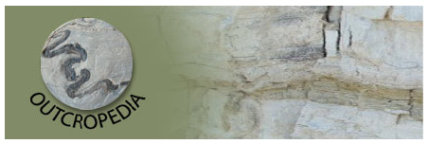Monte Perdido, in the Central Pyrenees, constitutes the highest limestone massif in Europe, rising to the maximum height of 3355 m.a.s.l. of Monte Perdido peak. Looking west from the summit a spectacular anticlinal fold can be observed below the nearby Cilindro de Marboré peak (3328 m.a.s.l.). The fold is developed in a stacked Cretaceous-Paleogene sequence…
Monte Perdido, in the Central Pyrenees, constitutes the highest limestone massif in Europe, rising to the maximum height of 3355 m.a.s.l. of Monte Perdido peak. Looking west from the summit a spectacular anticlinal fold can be observed below the nearby Cilindro de Marboré peak (3328 m.a.s.l.). The fold is developed in a stacked Cretaceous-Paleogene sequence (Marboré, Salarons and Gallinera Formations) deformed by thin-skinned tectonics in the imbricated thrust system of Monte Perdido unit. Later emplacement of the major Gavarnie basement thrust was accompanied by refolding of the Meso-Cenozoic sedimentary cover of its hangingwall (Flachère, 1977. Thèse 3 cycle, Toulouse), of which this anticlinal is an extraordinary example. A paired syncline, mostly covered by scree, is located left of the main structure. The height difference between the Cilindro de Marboré summit and the Ibón Helado, the lake just below it is of 350m.
de Paz-Álvarez, M.I., Flórez-Rodríguez, A.G. (2018). Photograph of the month. Journal of Structural Geology, 111, iii.
